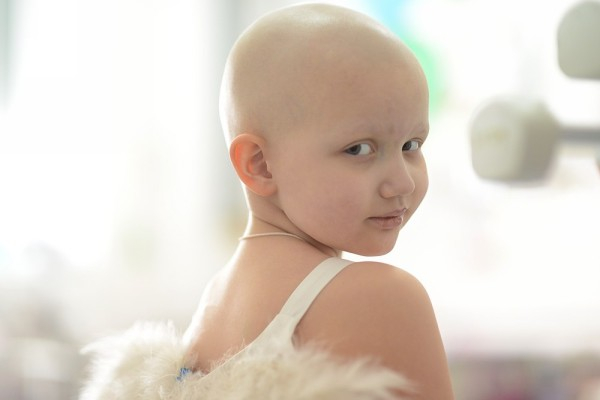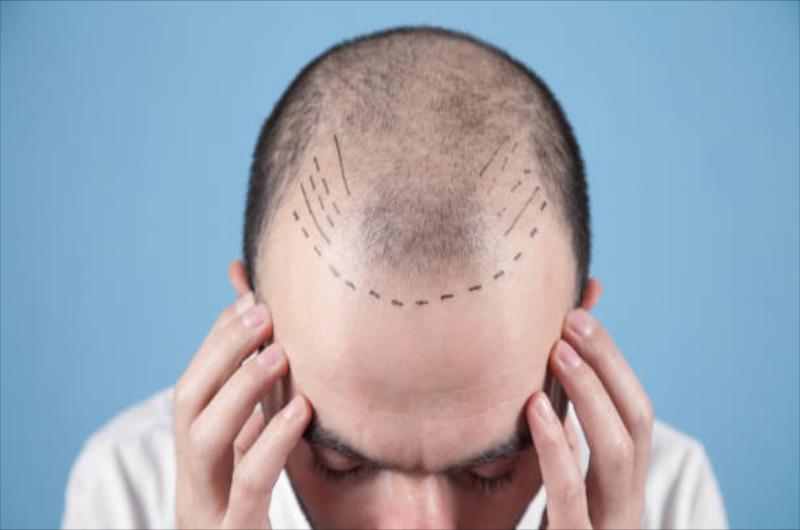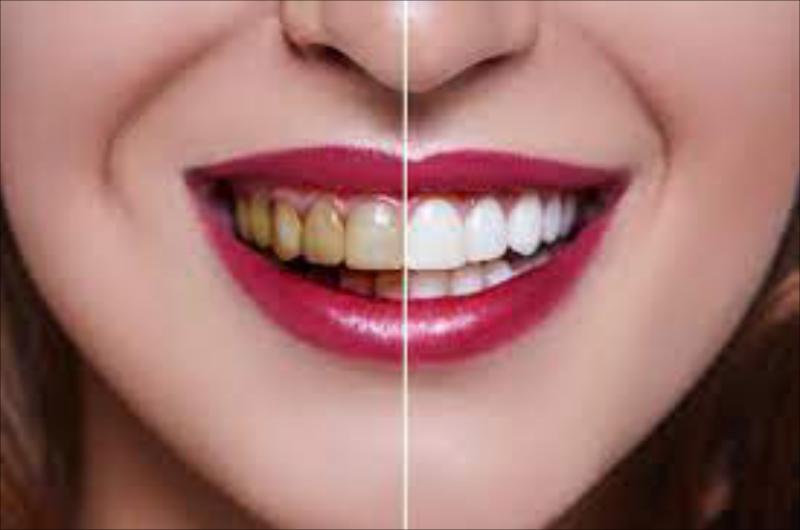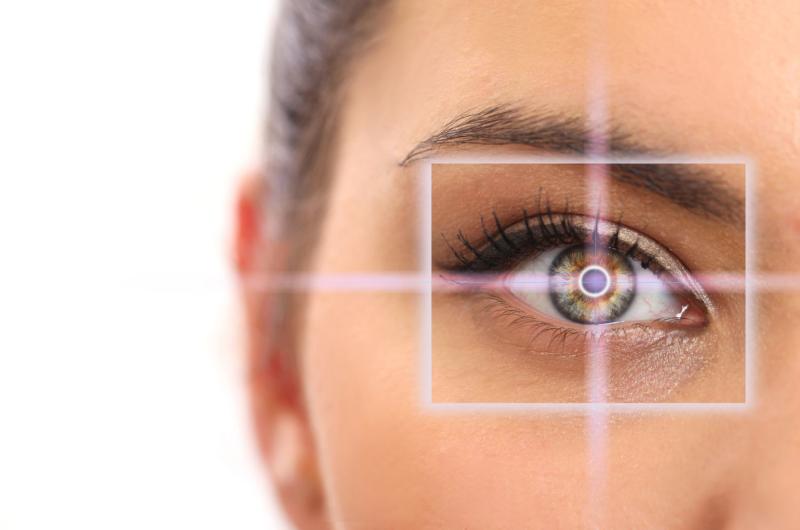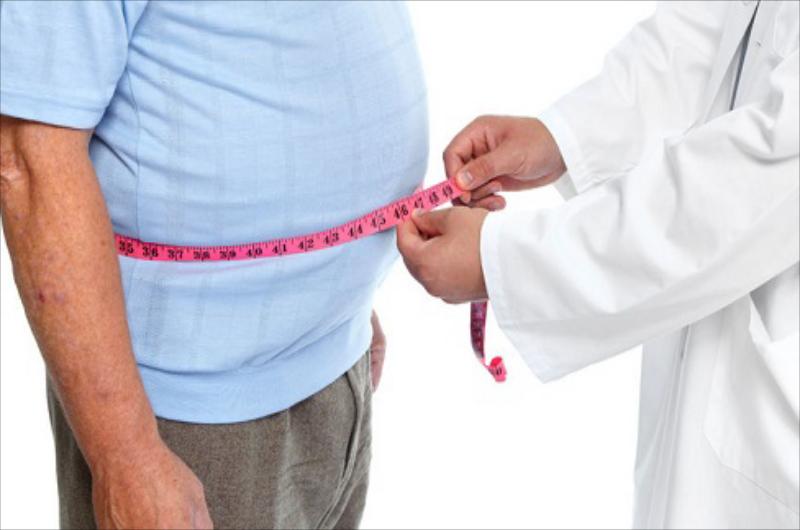About Treatment
In recent years, oncological diseases have become a real plague of the 21st century. A huge number of adults suffer from them, and. even more sadly, children. The leading place in the number of morbidity is occupied by pathologies of blood cells. The diagnosis of leukemia, heard from the mouth of a doctor, paralyzes the feelings of parents, frightens and induces a feeling of helplessness. With proper diagnosis and treatment, the disease is quite possible to defeat. But it is important to understand what exactly the child is dealing with, what caused the illness, and what kind of help the child needs.
What are the causes of leukemia in children? What is the classification of the disease? By what symptoms and signs can you recognize it, and how to properly diagnose it?
Classification of leukemia in children
Human blood consists of different types of cells, each of which performs its own specific functions. Leukemia is a lesion of white blood cells - leukocytes. In the body, they are responsible for the protective function, that is, the destruction of pathogenic microorganisms. Leukocytes are also subdivided into several types of cells, among which the most important are lymphocytes, which are responsible for the production of antibodies and neutrophils, which destroy harmful cells.
Different types of cells undergo the oncological process. And, depending on which cells were damaged, leukemia in children is divided into corresponding types.
Depending on the form of the disease, there are:
Acute leukemia. It is most often diagnosed in children aged two to five years and is characterized by rapid development.
Chronic leukemia. It can practically not manifest itself in any way until the moment of periodic exacerbations.
As a rule, acute leukemia does not take on a chronic form; they may well develop in parallel from each other.
If a child with leukemia is not prescribed chemotherapy, the outcome is one fatal, in 100% of cases. With an early start of treatment (before the development of neuroleukemia ー infiltration of brain blast cells), the five-year survival rate is about 70%. This means that two thirds of children treated according to international protocols do not have a relapse within 5 years after the end of therapy.
Less favorable prognosis in case of development of leukemia before the age of 2 years or after 10 years. In children with neuroleukemia, the survival rate is small, but still there. Chemotherapy is prescribed for all children regardless of prognosis.
-
Symptoms
Excessive fatigue and general weakness
Sleep problems and loss of appetite
Increase in body temperature for no apparent reason
Joint and bone pain.
Red spots.
Sharp drop in hemoglobin and, as a result, lethargy and fatigue.
Bleeding from the nose, gums and internal organs.
Immunodeficiency.
Intoxication of the body.
Dystrophy of the body can occur.
Tachycardia and arrhythmia.
Swollen lymph nodes, pallor or yellowness of the skin, and more.
-
Diagnosis of Leukemia in Children
General blood test
General analysis of urine
X-ray of the chest and lymph nodes.
Ultrasound
CT to determine the spread of metastases.
Lymph node biopsy.
The exact reasons why children so often become victims of leukemia are currently not clearly defined. One of the most popular version among oncologists is a violation of the chromosomal composition of bone marrow cells. Such cells divide rapidly, displacing healthy ones, and leads to impaired blood formation. This process occurs too quickly, so often the diagnosis of leukemia in the early stages of development becomes impossible due to the absence of vivid symptoms of the disease.
There are a number of factors under the influence of which such processes can occur in the child's body:
Genetic predisposition. Unfortunately, this is the biggest risk factor.
Exposure to radioactive exposure.
Poor ecology, high concentration of toxic substances in the air in the area where the child lives.
Ozone holes, due to which people receive large amounts of solar radiation.
The negative effects of toxic and narcotic substances, passive smoking and others.
An indirect cause of the development of leukemia in children can even be a transferred viral disease, such as chickenpox or mononucleosis. Viruses are incorporated into the cellular genome, which leads to negative consequences for the body.
Another reason for the violation can be considered immunodeficiency, in which the immune system does not cope with the tasks assigned to it and stops responding to body cells that have an irregular structure.
Seek medical help in a timely manner;
Be attentive to the health of children - observe and correctly describe all the symptoms;
Do not be afraid to take responsibility for the life and health of your child - show his vigilance;
Do not be afraid to ask and ask again, if you do not understand, the doctor has everything regarding the health of the child;
Follow all the recommendations and prescriptions of your doctor, it can be vital.
Children diagnosed with leukemia undergo inpatient treatment in specialized oncohematological institutions. To avoid infectious complications, each child is in an isolated box, where conditions are created as close as possible to sterile. Much attention is paid to nutrition - it must be well balanced and complete.
Treatment of leukemia involves the simultaneous use of several drugs (polychemotherapy) and is aimed at destroying the leukemic clone. The treatment regimens followed by oncologists for lymphoblastic and myeloblastic acute leukemias are different. Their difference lies in the combination of chemotherapy drugs, optimal doses and methods of drug administration.
Treatment of leukemia is stage-by-stage:
First, everything is done to achieve clinical and hematological remission.
Then the results obtained are consolidated (consolidation stage).
After that, supportive therapy, prevention / treatment of complications is carried out.
In addition to chemotherapy, immunotherapy can be carried out, the essence of which is the introduction of:
Vaccines (against tuberculosis);
leukemic cells;
interferons;
smallpox vaccine;
immune lymphocytes, etc.
Of the most promising methods of treating childhood leukemia, which doctors resort to today, is the transplantation of umbilical cord blood, bone marrow.
To eliminate the unpleasant symptoms of the disease, the following can be carried out:
transfusion of platelet and erythrocyte mass;
antibiotic therapy;
hemostatic therapy;
detoxification measures.
Forecast
Whether it will be possible to completely cure leukemia depends on:
the age at which the disease occurred;
the stage at which it was diagnosed;
individual characteristics of the organism;
the presence of concomitant diseases;
the work of the immune system.
The worst prognosis is expected in children who:
got sick in the interval from birth to 2 years and from 10 years;
who have neuroleukemia at the time of diagnosis;
who suffer from lymphadenopathy and hepatosplenomegaly.
The earlier treatment is started, the better results can be achieved. Stable remission and complete recovery can often be achieved in patients (especially girls) who suffer from type L1 lymphoblastic leukemia from 2 to 10 years of age.
Diet for leukemia
There is no special diet for leukemia. Nutrition should be complete, since the pathological process in the body leads to a weakening of the immune system. For the bone marrow to produce healthy blood cells, it needs a lot of protein, carbohydrates, fats, vitamins, micro and macro elements. Therefore, the child's daily diet should include fruits, berries and vegetables. Freshly squeezed juices from pomegranate, carrots and beets are useful.
Due to anemia, you need to eat foods rich in iron. It is desirable to limit:
fatty fish;
fatty dairy products (can lead to metabolic disorders);
baked goods, sweets;
fried and smoked.
Replace pork with turkey or chicken.

